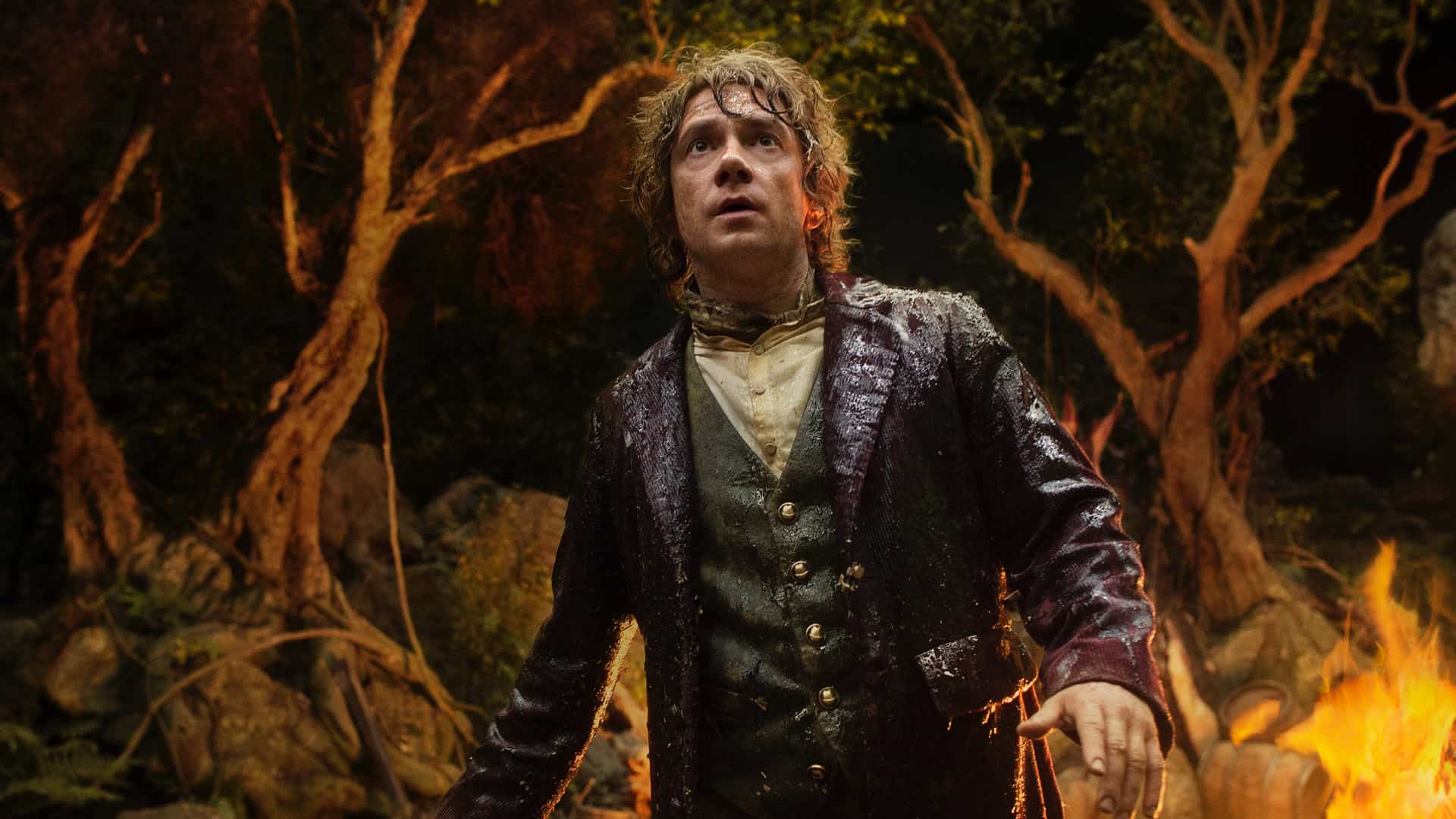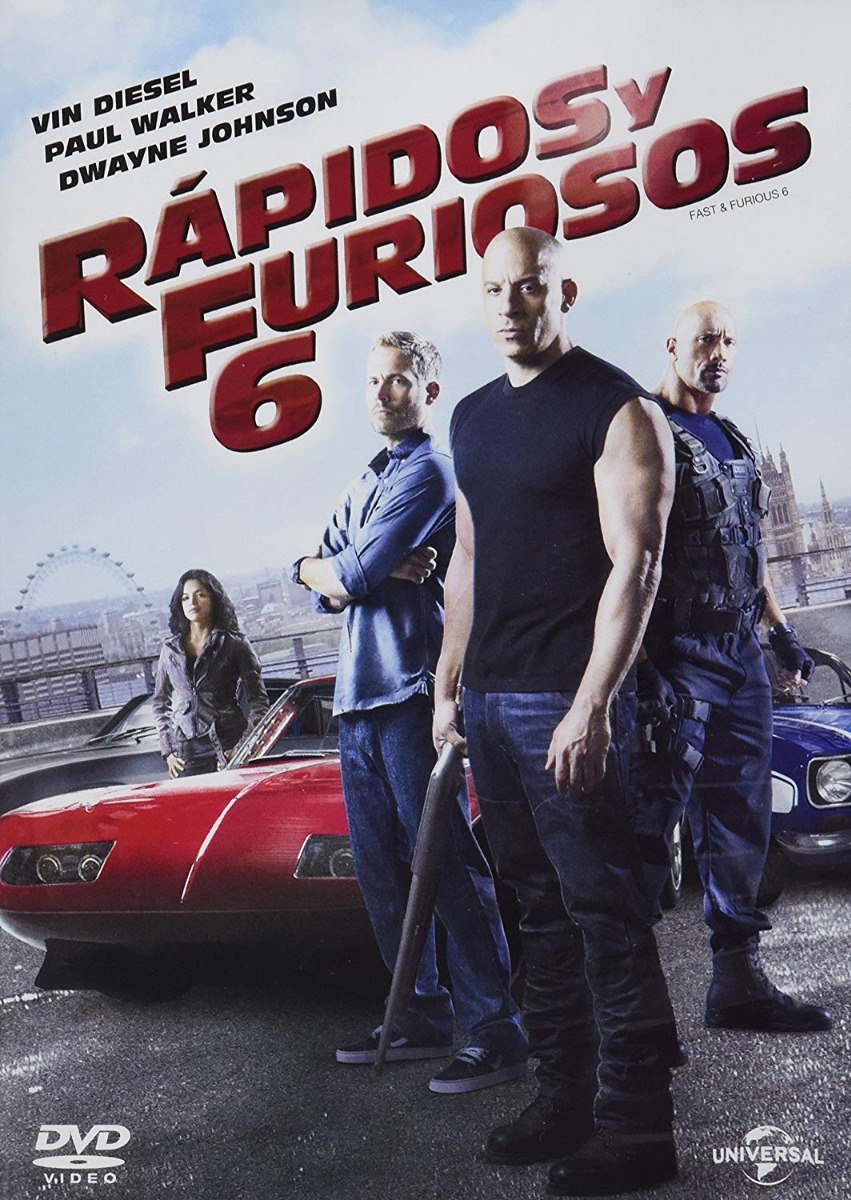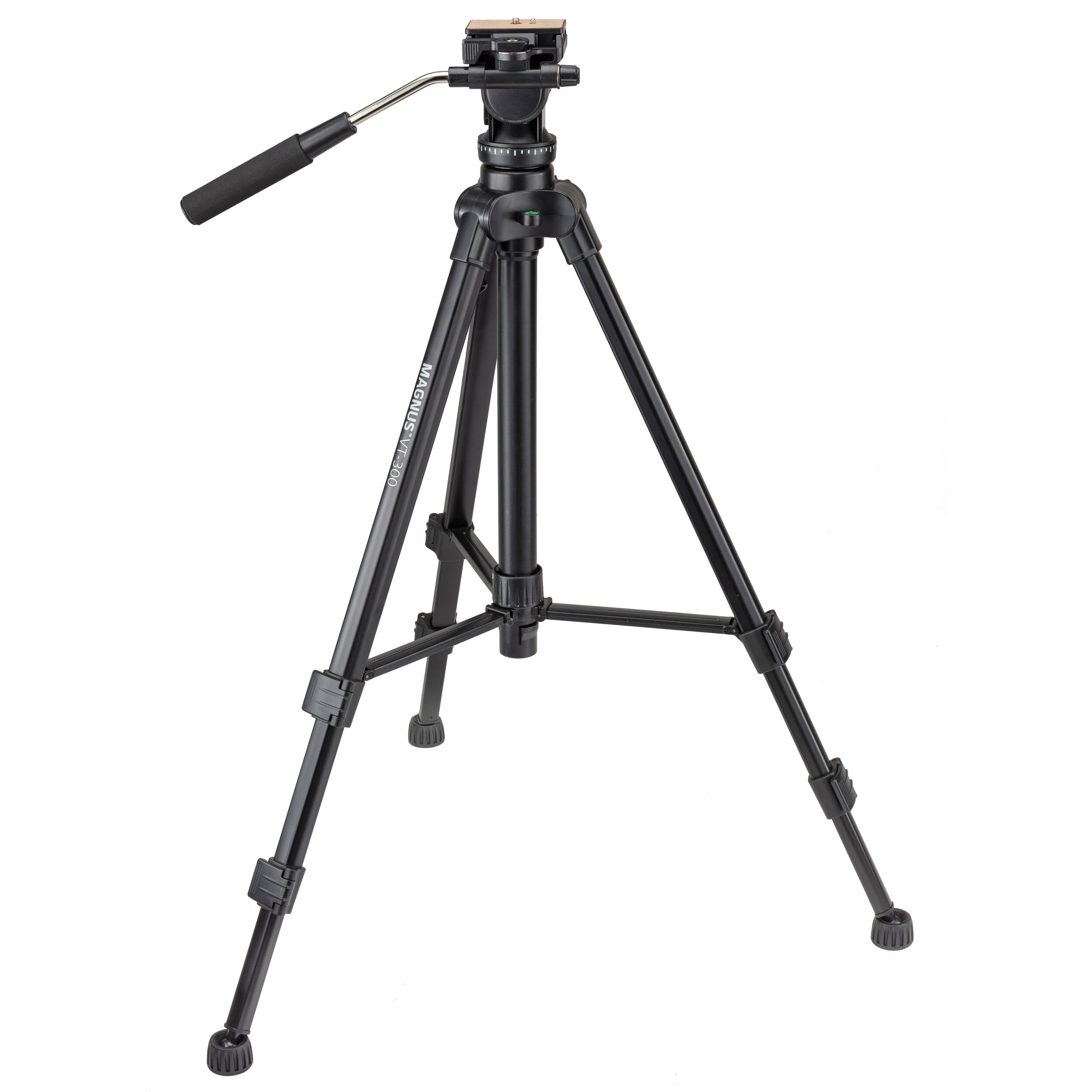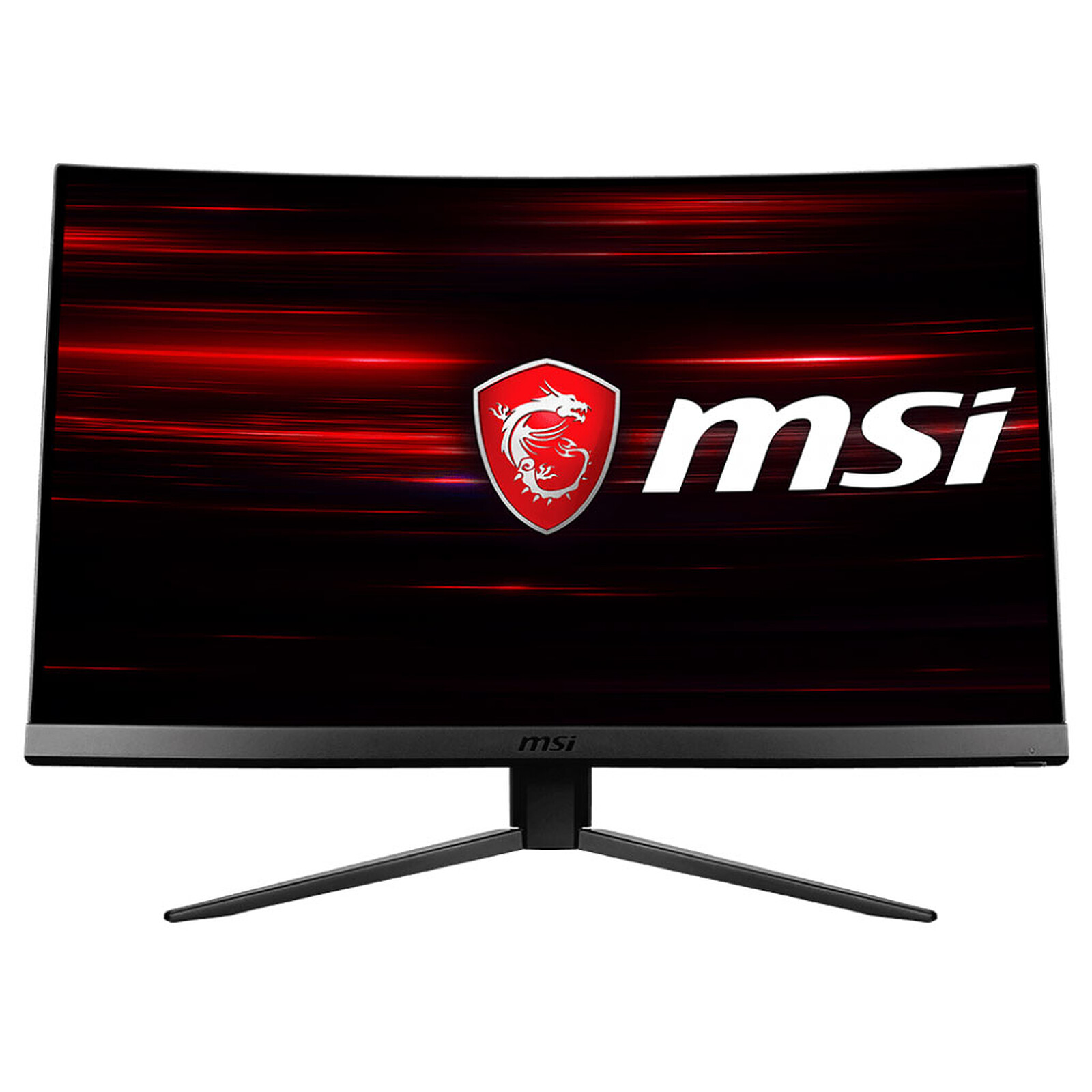o Camera shots o

Wide shot: a video or film recording made with the camera positioned to observe the most action in the performance.
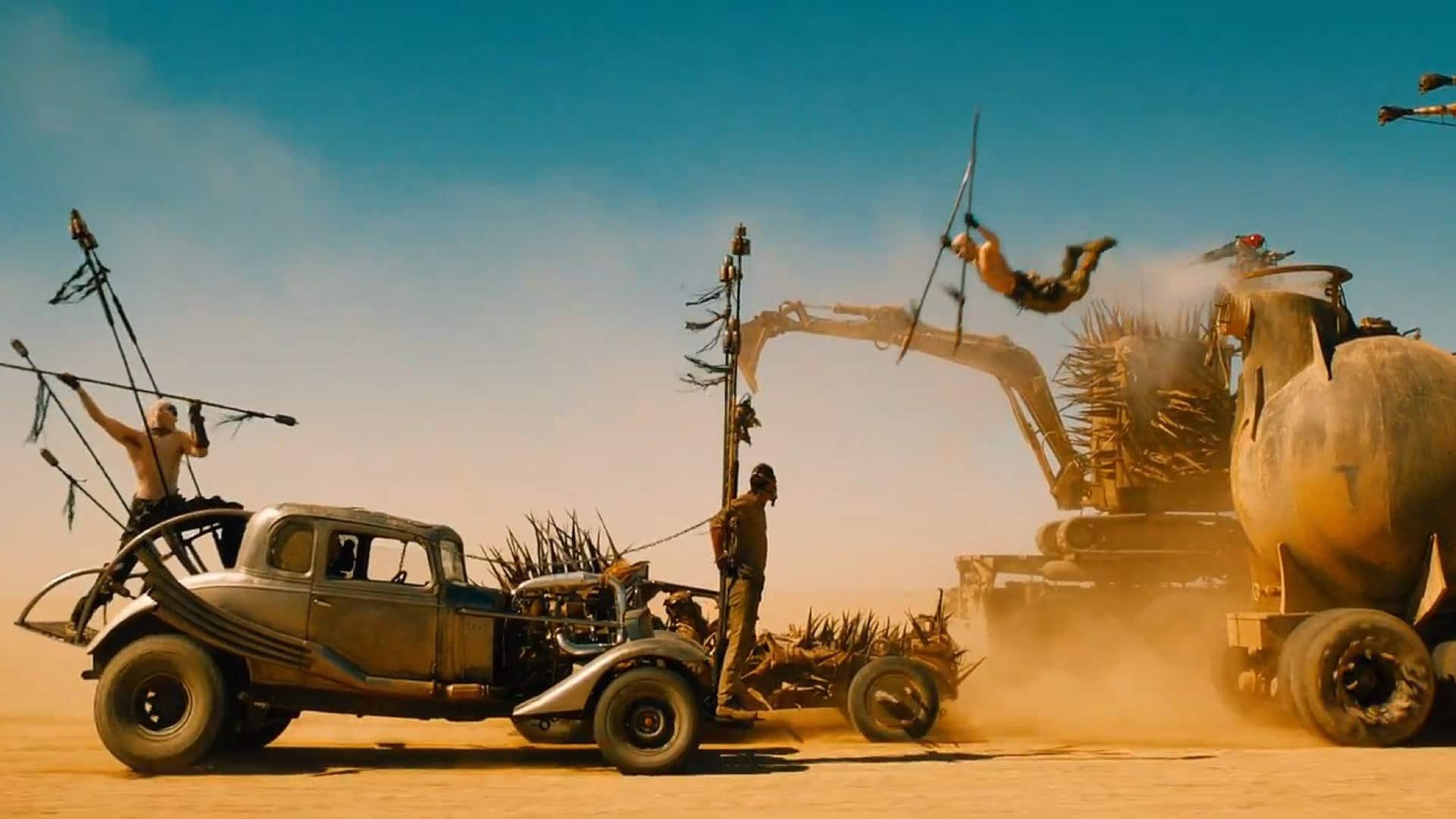
Mid shot: a shot taken at a medium distance.
Medium close up: half way between a close up and a mid shot.

Close up: a certain feature or part of the subject takes upe the whole frame.
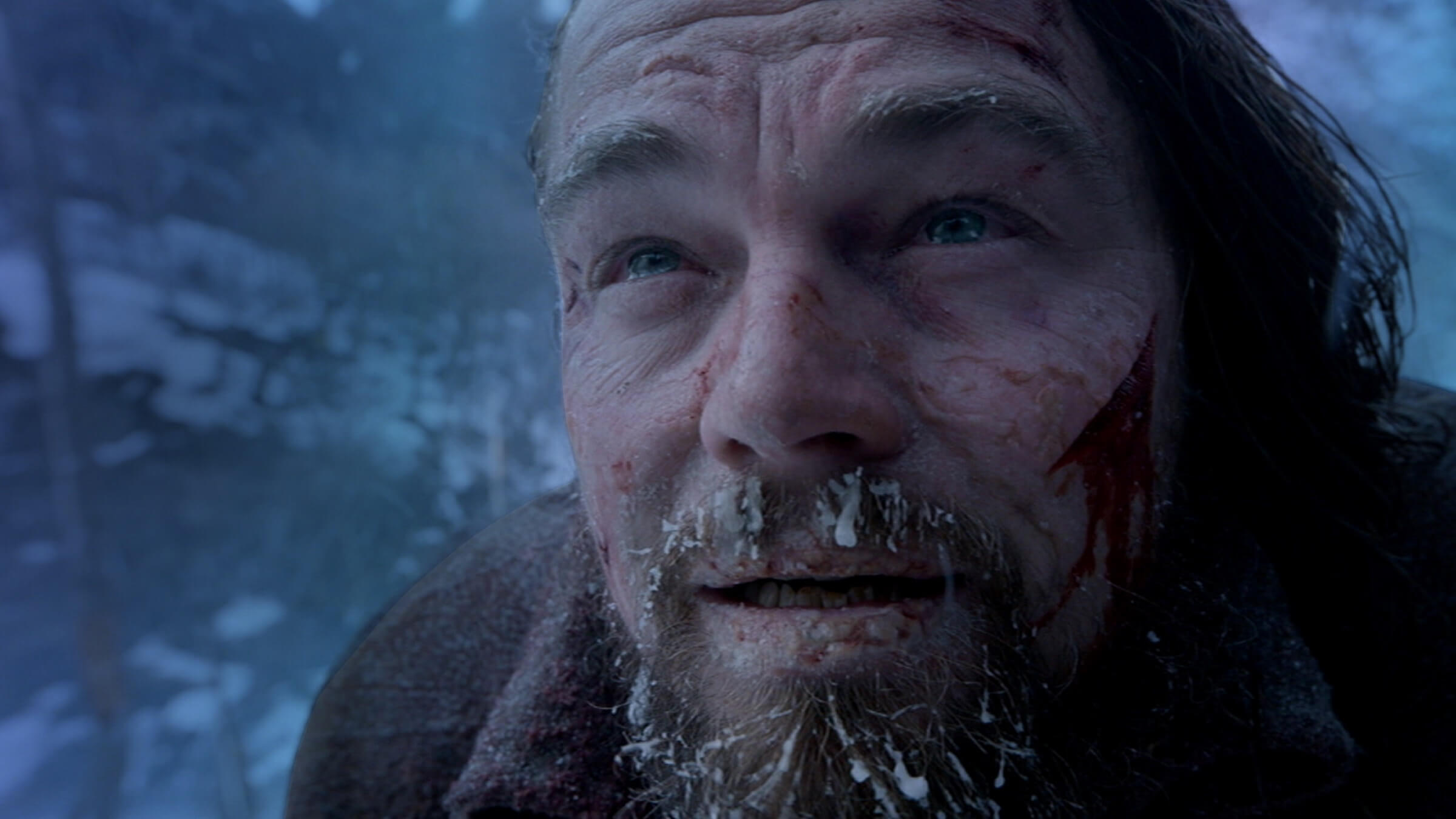
Extreme close up: shows extreme details.

Two-shot: a comfortable shot of two persons, framed similarly to a mid shot.

Pont-of-view-shot: shows what a character or group of characters is seeing.
Nobody shot: usually refers to shot of the interviewer listening and reacting to the subject, although noddies can be used in dram ando other situations.
Weather shot: the subject is the weather, usually the sky. Can be used for other purposes.

o Camera angles o
High angles: shows the subject from above, the camera is angled down towards the subject.
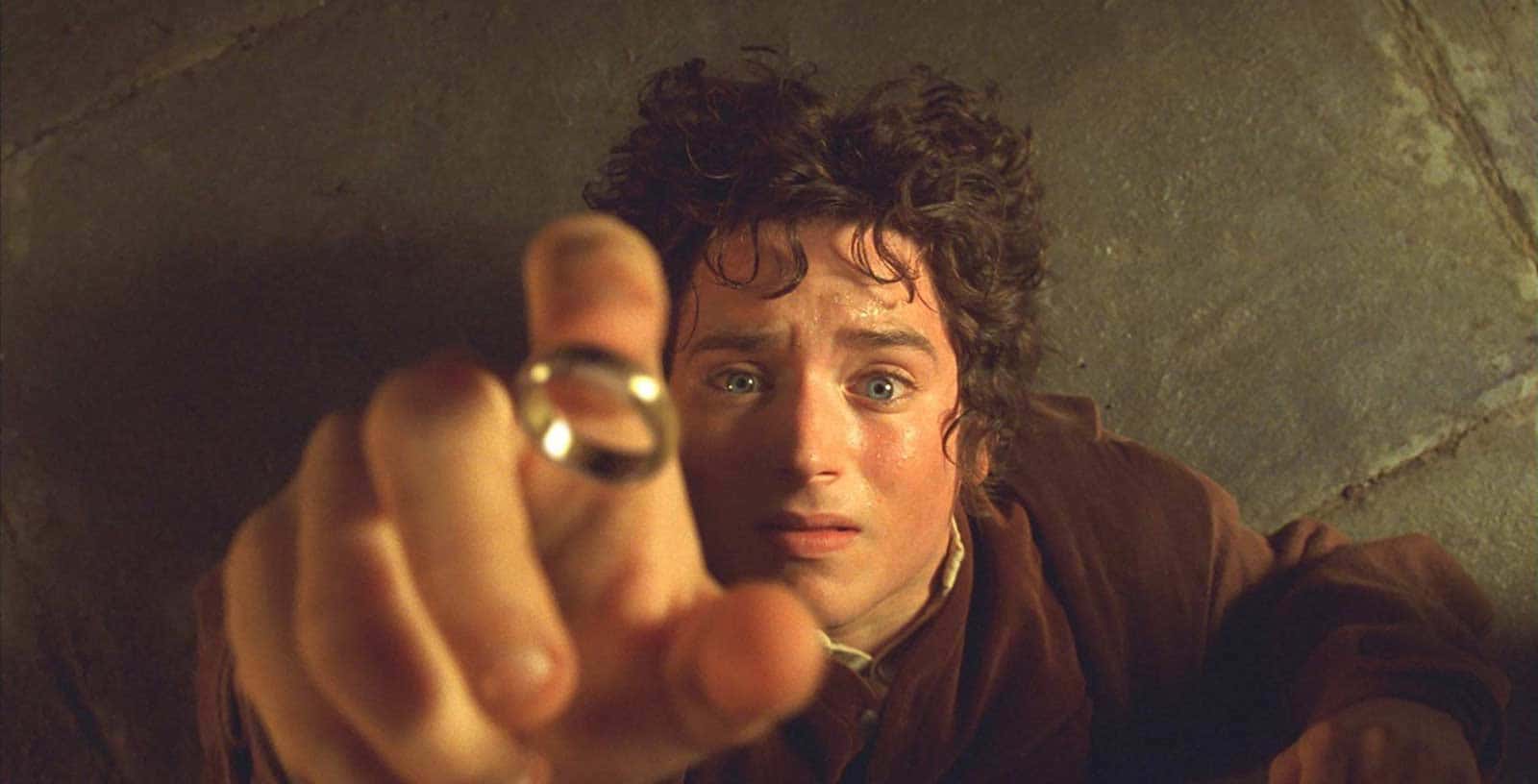
Low angles: shows the subject from below, giving them the impression of being more powerful or dominant.
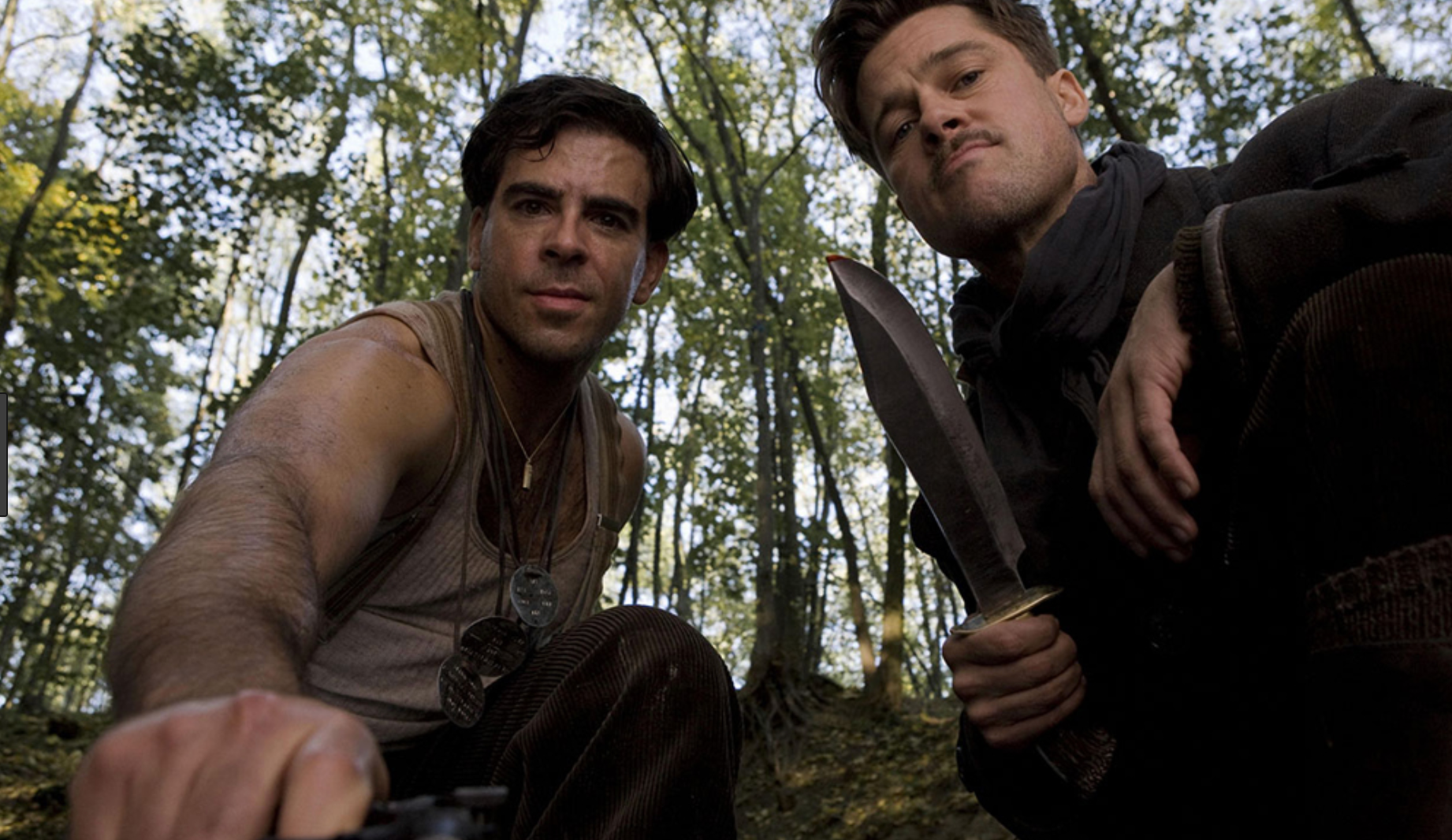
Canted angles: is when the camera is tilted, usually to suggest imbalance, translation, or instability.
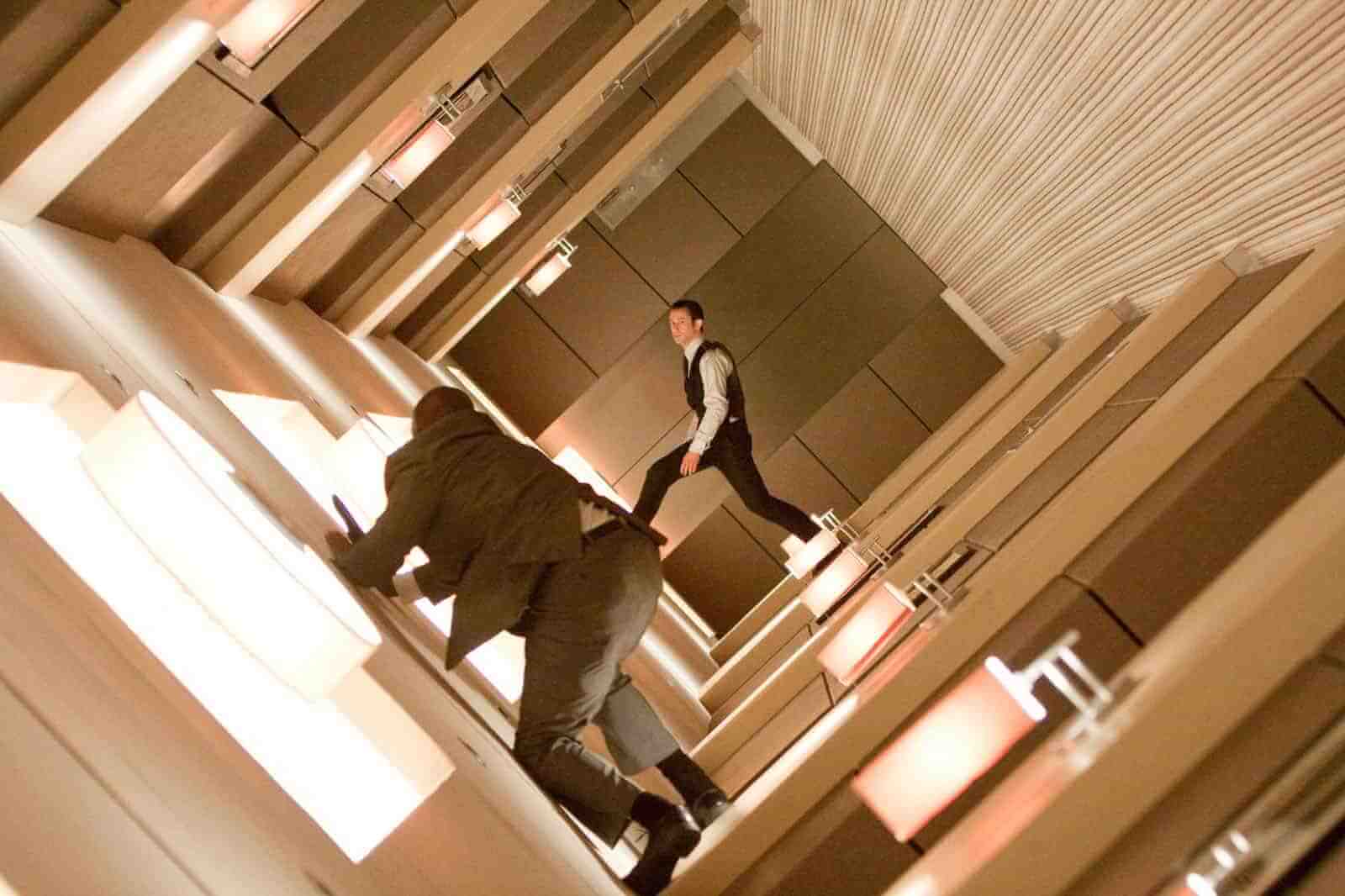
o Camera movements o
Pan: Horizontal movement, left to right.

Tilt: Vertical movement of the camera angle.

Crane: Vertical movement of the camera with a crane.

Steadicam: The camera is strapped to camera operator´s body creates a gliding effect.

Hand-held: A shaky hanheld effect.

Zoom: Technically this isn´t a camera move, but a change in the lens focal length with gives the ilusion of moving the camera coler or futher away.

